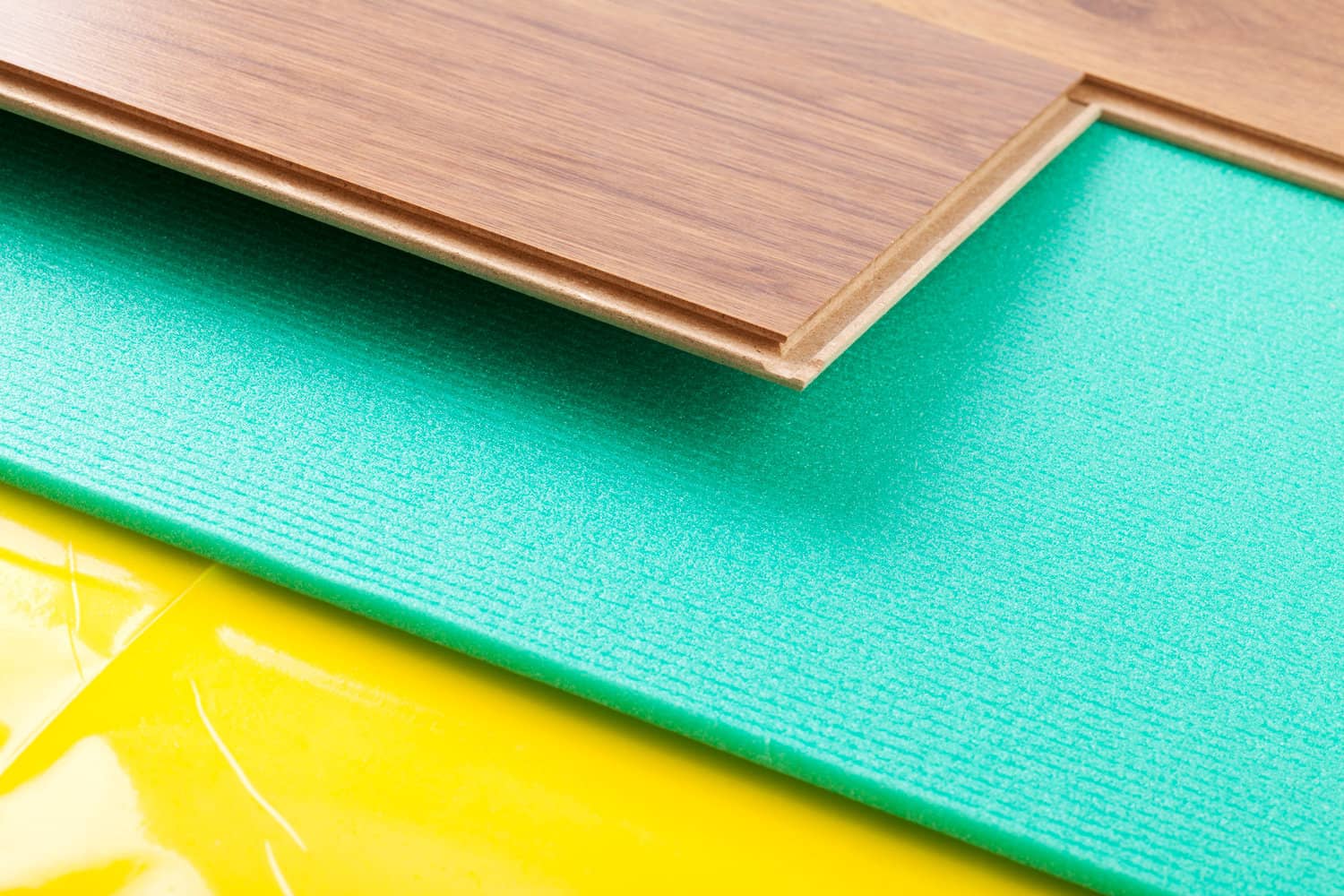Imagine walking barefoot across your kitchen floor. Is it cold and hard, or warm and inviting? The difference? Padding under your flooring! This simple addition can make a world of difference in the comfort and longevity of your vinyl plank flooring. But the question remains: Do you actually *need* it?

Image: flooringstype.com
The world of flooring can seem overwhelming, with a million choices and a million opinions. This guide is here to demystify the topic of padding under vinyl plank flooring, helping you make an informed decision for your home. We’ll explore the pros and cons, delve into different types of padding, and ultimately equip you with the knowledge to choose the best path for your unique situation.
Understanding the Purpose of Padding
Padding, also known as underlayment, is a layer of material placed between your subfloor and your vinyl plank flooring. It serves several crucial purposes, each contributing to a more comfortable and longer-lasting floor:
- Sound Dampening: Padding absorbs sound waves, reducing noise transmission between floors. This is especially important in multi-level homes or if you have a lively household!
- Impact Absorption: This cushioning action protects your subfloor from the impacts of foot traffic, reducing stress on the floorboards and extending their lifespan.
- Thermal Insulation: Some types of padding offer thermal insulation, creating a barrier between the cold subfloor and your feet. This can make a noticeable difference in colder climates.
- Smoothness and Stability: Padding creates a smoother, more even surface for your planks to sit atop. This helps to minimize the “clicking” sound that can occur with vinyl planks as they move and creates a more stable installation overall.
When You Do Need Padding
While padding is highly beneficial, it’s not strictly necessary in every situation. Here are situations where padding is a definite “yes”:
- Uneven Subfloors: If your subfloor has imperfections, gaps, or unevenness, padding can help create a level surface for your vinyl planks. This ensures a smooth, consistent installation without unsightly bumps or gaps.
- Older Homes: Homes with older subfloors can experience wear and tear, making padding a wise choice to protect the subfloor and minimize noise.
- High Foot Traffic Areas: Kitchens, hallways, and entryways see the most wear and tear, making padding a valuable investment to reduce stress on your flooring and extend its life.
- Concrete Subfloors: Concrete subfloors are naturally cold and hard. Padding can significantly improve comfort by adding insulation and cushioning.
- Multi-Level Homes: If you have a multi-level home, and you want to minimize noise between floors, padding is a must. It offers effective sound dampening, creating a more peaceful environment.
When You May Not Need Padding
In some cases, padding may be less crucial. Here are instances where you might consider skipping the extra layer:
- New Construction: If your home is newly built or has a perfectly flat subfloor, padding may not be as essential.
- Low Traffic Areas: In bedrooms or guest rooms that see minimal foot traffic, adding padding may not be a high priority.
- Budget Constraints: Padding can add to the overall cost of your flooring project. If you’re on a tight budget, you may choose to forgo padding, especially if your subfloor is in excellent condition.

Image: houseunderfoot.com
Different Types of Padding
The world of underlayment is vast, offering a range of materials with varying benefits. Let’s explore some popular choices:
1. Foam Padding:
- Pros: Provides excellent sound dampening, impact absorption, and thermal insulation. It’s affordable and easy to install.
- Cons: Can compress over time, reducing effectiveness. Can attract moisture and mildew in humid environments.
- Types: Expanded polystyrene (EPS) foam, polyethylene foam, and closed-cell foam.
2. Cork Padding:
- Pros: Naturally sound-absorbing, mildew-resistant, and environmentally friendly. Offers good thermal insulation.
- Cons: Can be more expensive than foam and less durable under heavy foot traffic.
3. Rubber Padding:
- Pros: Highly durable and resilient. Offers excellent sound dampening and impact absorption.
- Cons: More expensive than foam and may not be as effective at thermal insulation.
4. Combination Padding:
- Pros: Combines the best features of multiple materials, offering superior performance in sound dampening, impact absorption, and thermal insulation.
- Cons: Can be more expensive than single-material padding.
Expert Insights and Actionable Tips
To navigate the world of padding, it’s incredibly valuable to seek expert advice. Flooring professionals can assess the condition of your subfloor, recommend the appropriate type of padding, and ensure a proper installation.
Here are some actionable tips for making the right choice:
- Consider Your Subfloor: If your subfloor is uneven or has issues, padding is a necessity.
- Assess Your Budget: Padding can add to your flooring costs, so factor it into your budget upfront.
- Think About Your Lifestyle: Do you have pets or children who run around a lot? You might want to choose a more durable padding.
- Seek Professional Advice: A flooring professional can help you choose the best padding for your needs.
Do I Need Padding Under Vinyl Plank Flooring
https://youtube.com/watch?v=j8qY8fuMLPw
Conclusion
Deciding whether or not to use padding under vinyl plank flooring is a personal choice based on your specific needs and budget. Padding offers numerous benefits, enhancing comfort, sound dampening, and even extending the life of your floor. By carefully examining your situation and weighing the pros and cons, you can make the best decision for your home!





